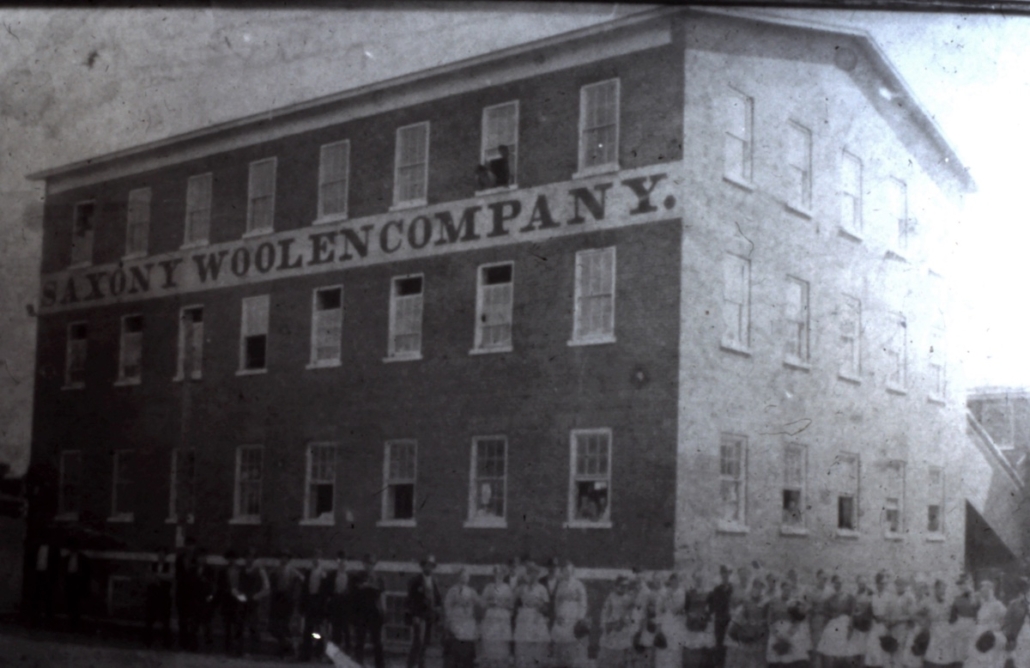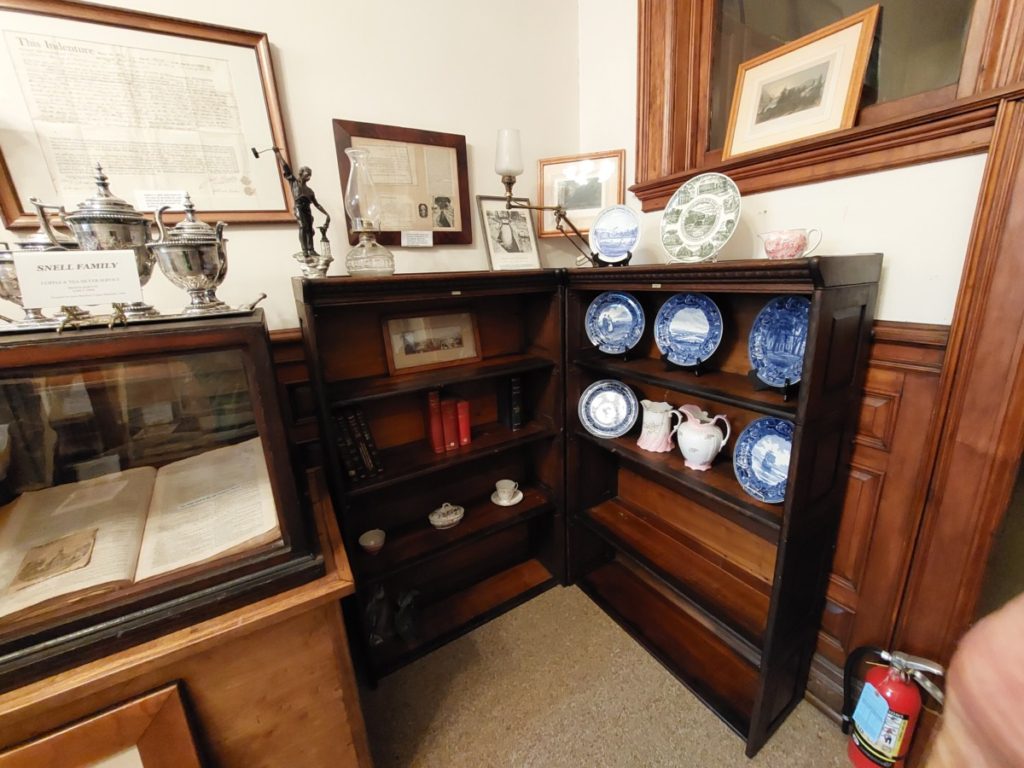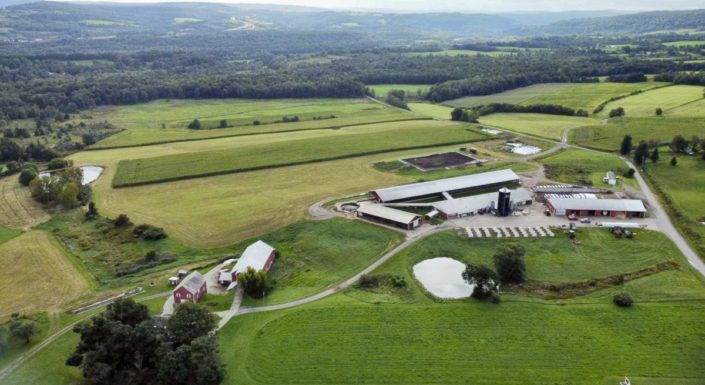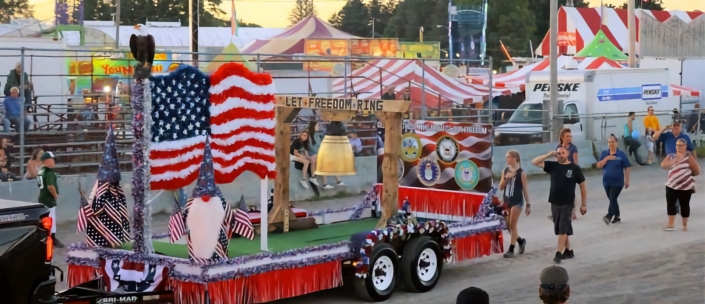LUNDSTROM BOOKCASE’S LONG JOURNEY HOME
By Jeffrey Gressler
Lundstrom sectional barrister bookcases are often found in local law offices and private homes,holding sets of law books and personal libraries. Manufactured in Little Falls, most Lundstrom bookcases came equipped with movable glass front panels that could be raised and lowered to gain access to the interior of each section.
Lundstrom bookcases are also found in antique shops, as they are highly collectable, often selling for $200 or more per section.
This is a story about how one Lundstrom corner model bookcase made its way to a North Carolina law office and later to Lewiston, New York, near Niagara Falls, before its 2023 return to its place of beginning. It is presently on display in the Little Falls Historical Society’s Old Bank Building Museum.

Picture of Saxony Mill which later became the Lundstrom factory building
THE C. J. LUNDSTROM MANUFACTURING CO.
Carl Johan Lundstrom came to Little Falls in 1889 from Stockholm, Sweden at twenty years of age to work as an inventor and draftsman for D.H. Burrell. Lundstrom later became a patent attorney before starting his own business.
The C. J. Lundstrom Mfg. Co. began manufacturing sectional bookcases in 1899, first in Casler’s mill on Southern Avenue, and then at the company’s 523 East Mill Street facility. Using their own company patents, Lundstrom eventually became one of the largest manufacturers of sectional barrister bookcases in the United States. Lundstrom’s signature patent was for the company’s Barrister Law Bookcase. The company only sold by direct sales, from factory directly to customer.
The factory building which eventually housed the Lundstrom manufacturing facility was constructed in 1850 by Trumbull and French. The original factory was water-powered from a falls on Sixth Street (now known as Furnace Street creek), which fed a raceway that powered the machinery, and even the building’s elevator. By the late 1850s, clothing and carpets were manufactured in the factory building, then known as the Saxony Mill. The building was sold to Lundstrom in 1901. This same raceway also powered other factories along East Mill Street. The then dilapidated building was demolished in 1969.
As a side note, earlier in Little Falls history during the late-18th and early 19th centuries, this same flow of water also powered the Ellyce / Petrie gristmill. This site is now recognized by a blueand yellow New York State historic marker located near the intersection of West Mill and Elizabeth Streets noting the June, 1782 attack on the gristmill by Indians and loyalists.
A UNIQUE PRODUCT AND A GROWING INDUSTRIALIZED COMMUNITY
C.J. Lundstrom developed the idea of building sectional bookcases that could “grow” as one’s library expanded. Additional sections could be added to the original three-stack design. Some law offices contained Lundstrom bookcases as tall as eight feet made up of six or even seven sections.
By the early 20th century, Little Falls had become the industrial hub of the central Mohawk Valley. The City’s population peaked in 1920 at 13,020. Between 1915-1920, approximately 60%of Little Falls’ population was foreign born. Most of the influx of immigrants came from southern and eastern European nations and were employed in local factories. These newcomers were referred to as “new immigrants” to distinguish them from earlier immigrants from northern and western Europe.

Front cover of Lundstrom catalog
In 1917, Lundstrom Mfg. Co. was the eighth largest employer in Little Falls with some seventy-five employees, all men. Thirty of these employees (40%) were “foreign speaking.” The 1928 Little Falls city directory lists the company as having $240,000 in capital stock, C. J. Lundstrom as both president and treasurer, V. O. Lundstrom as vice-president, and A. B. Ladean as secretary. Lundstrom’s was a booming business for decades, thriving during the post-World War I Roaring Twenties, and even during the pre-World War II 1930s Great Depression. It was during this early-20th century period when the bookcase that is the subject of this article was manufactured at the East Mill Street facility.

Back cover of Lundstrom catalog
On several occasions, my father told me about a late-1940s remodeling project undertaken in the classrooms at St. Mary’s Academy. Apparently, some of the classrooms were first equipped with high stackable Lundstrom bookcases that were not part of the remodeling plans. My grandfather’s house painting company was awarded the contract to carry out the remodeling project which included requirements to “get rid of the old bookcases.” My father said that a pickup truck was backed up against the school and the sectional bookcases were dismantled and just tossed out open first and second floor windows into the bed of the truck. The “junk” was then taken to the dump and discarded. Out with the old and in with the new, I guess!
THE PHONE CALL
In late-June 2023, a phone call was received at the Old Bank Building Museum from Anna Finkel with an offer to donate a Lundstrom corner bookcase to the Historical Society. Thus began the final leg of this bookcase’s journey home. Arrangements were made to have Society members Mike and Missy Smith meet Anna and Syd Finkel in Weedsport, midway between Niagara Falls and Little Falls, and, in September, the bookcase arrived at the Museum. The Smiths commented: “It was a pleasure to meet up with Anna and Sydney Finkel in Weedsport to eat lunch with them and take possession of the Lundstrom corner bookcase. They are very nice people.”
The oak bookcase’s original walnut finish was carefully refurbished and then the much-travelled artifact was put on museum display holding glass artifacts and books.
BACKGROUND
Fresh out of law school, Stanley Black joined the law practice of Thad Bryson in Bryson City, North Carolina in the early-20th century; Bryson left the law firm to become a North Carolina judge in the mid-1930s, and then Anna Finkel’s father, Edwin Burch Whitaker, joined Black’slaw firm. It was during the Great Depression. Thus, the Black and Whitaker Attorneys at Law firm came to be. The bookcase written about in this article was purchased in the 1920s by either Thad Bryson or Stanley Black.
Of added interest, Stanley Black’s daughter Ellen Black Winston served as Under Secretary, Commissioner of Welfare in both John Kennedy’s and Lyndon Johnson’s administrations from 1963 – 1967.
Edwin Burch Whitaker passed away in 1964 at age fifty-five and Stanley Black died the following year at age eighty-nine. The Black and Whitaker law practice was no more. In 1965, Anna Finkel’s mother took possession of the bookcase. She in turn gave the bookcase to her daughter and her husband.
Anna and Sydney Finkel kept the bookcase in Bloomington, Indiana from 1970 to 1974 when they moved to Tampa, Florida where they resided until 1976. The Finkels then moved to Grand Island, New York where they lived from 1976 through 2004. They then moved to Ashville, North Carolina where they resided until 2022. The Finkels then moved onto Lewiston where they presently reside.
During this whole time, and in every house, the Lundstrom corner bookcase served the Finkelswell.
Anna Finkel explained that she felt that it was important o return her Lundstrom corner bookcase back to Little Falls by commenting that: “This a memorial of sort for my father Ed Whitaker and the valuable work he did for the Smokey Mountains and Bryson City. As an attorney, he would have used this bookcase probably every day of his life. He was the best father anyone ever had.”
CONCLUSION
The Little Falls Historical Society is indebted to Anna and Sydney Finkel for a number ofreasons. First, for so carefully caring for the Lundstrom corner bookcase for decades and then for contacting the Society and returning this artifact to its place of manufacture. Finally, Anna and Sydney need to be thanked for providing the necessary background information to help complete the writing of this article.
Thank you also to Mike and Missy Smith for traveling to Weedsport to meet up with the Finkelsand delivering the Lundstrom bookcase to the Museum.
Jeffrey Gressler is a member of the Little Falls Historical Society.




















